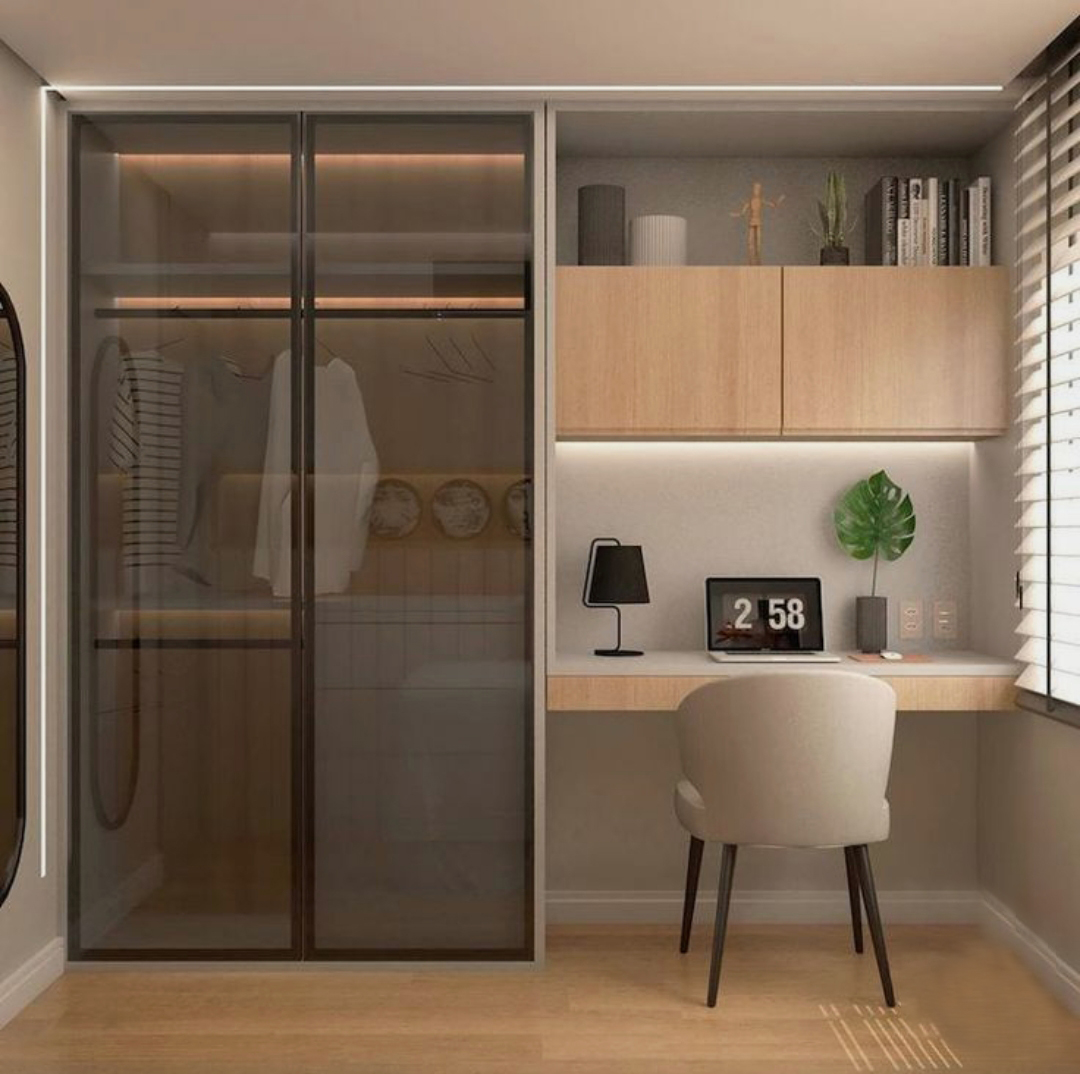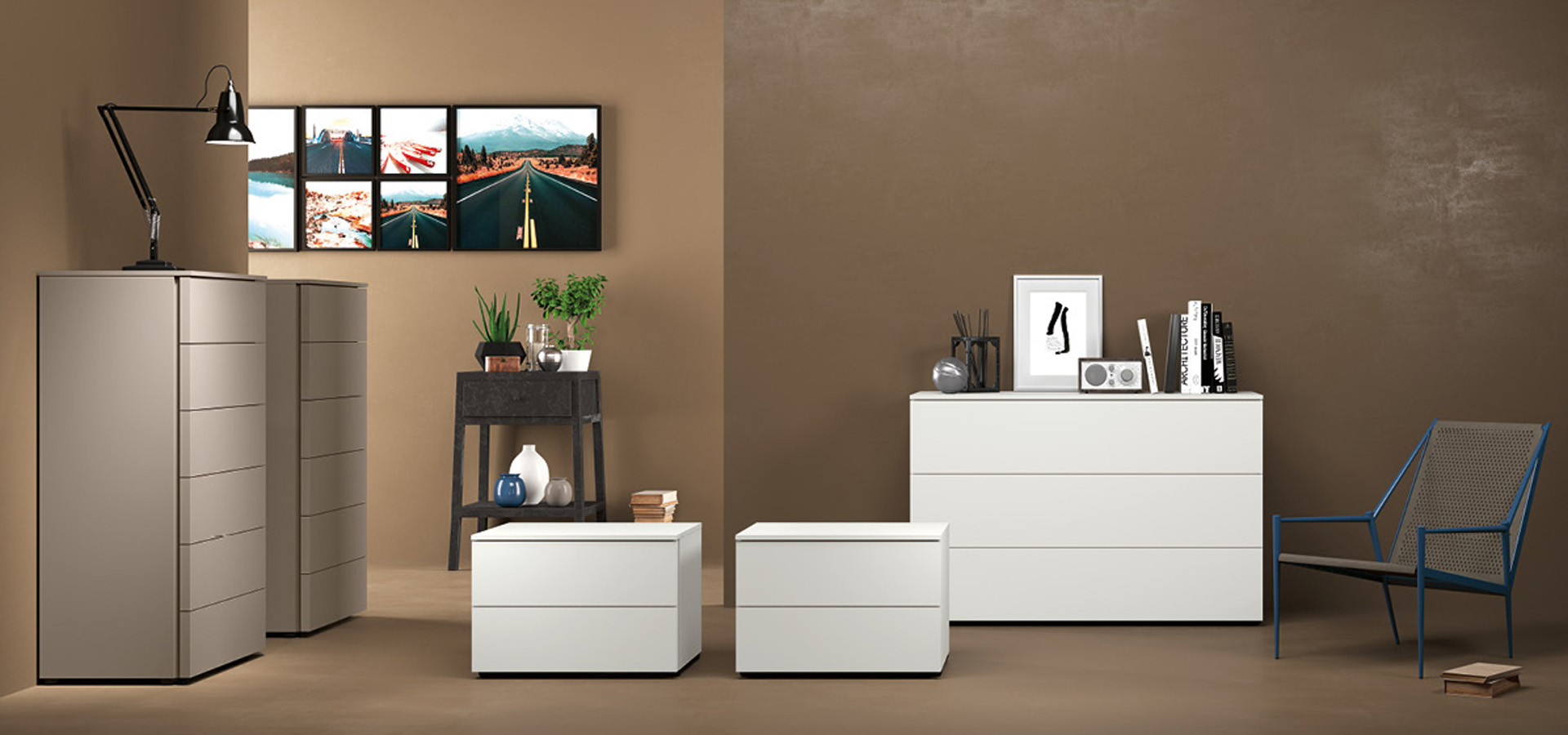Your home is your sanctuary, a reflection of your style and a place to unwind. But an empty space doesn’t make a home – it’s the furniture that transforms it into a haven of comfort and functionality. Whether you’re furnishing a new place or revamping an existing one, choosing the right furniture can feel overwhelming. But fear not! This guide will equip you with the knowledge to navigate the world of residential furniture and create a space you’ll love.
 Step 1: Assess Your Needs and Style
Step 1: Assess Your Needs and Style
Before diving headfirst into furniture shopping, take a step back and consider your needs and preferences. Here are some key questions to ask yourself:
- Lifestyle: How will you be using the space? Do you need furniture for entertaining, relaxing, or working from home?
- Space: Measure your rooms carefully and consider the layout. Choose furniture that fits comfortably without feeling cramped.
- Style: What’s your aesthetic? Do you prefer modern minimalism, cozy traditional, or something eclectic?
- Budget: Set a realistic budget for your furniture needs and prioritize accordingly.
Step 2: Explore the Furniture Landscape
Now that you know your needs, let’s delve into the different types of furniture:
- Living Room: Sofas, armchairs, coffee tables, TV stands, bookshelves, and ottomans are some key players. Consider sectionals or sleeper sofas for added functionality.
- Bedroom: Beds (choose the right mattress!), nightstands, dressers, chests of drawers, and vanities are essential. Think about storage solutions and a comfortable reading nook.
- Dining Room: Dining tables, chairs, buffets, and sideboards create a space for meals and gatherings. Consider extendable tables for flexibility.
- Kitchen: Kitchen tables and chairs, islands, and storage cabinets are crucial. Think about functionality and countertop space for meal prep.
Step 3: Material Matters
The material you choose for your furniture will impact its durability, aesthetics, and price:
- Wood: A classic choice, offering timeless elegance and warmth. Solid wood is more durable but pricier than engineered wood.
- Fabric: Sofas, armchairs, and ottomans are often upholstered. Choose fabrics that are stain-resistant and easy to clean, especially if you have pets or kids.
- Leather: Luxurious and durable, but requires specific care. Consider faux leather for a more budget-friendly option.
- Metal: Adds a sleek modern touch and can be very durable. Wrought iron offers a more traditional look.
Step 4: Comfort is Key
You’ll be spending a lot of time on your furniture, so prioritize comfort. Test out sofas, chairs, and beds before you buy them. Consider factors like seat depth, back support, and cushion firmness.
Step 5: Don’t Forget the Finishing Touches
Once you have the main furniture pieces, elevate your space with accent pieces:
- Rugs: Anchor furniture groupings and add warmth and texture.
- Lamps: Provide task lighting and ambient mood lighting.
- Artwork and Mirrors: Express your personality and add visual interest.
- Throws and Pillows: Add pops of color, pattern, and extra comfort.
Furnishing Your Future
Choosing residential furniture is an investment in your comfort and happiness. By understanding your needs, exploring options, and prioritizing quality and comfort, you can create a home that reflects your unique style and functions perfectly for your lifestyle. So, happy shopping, and remember – your dream home awaits!

